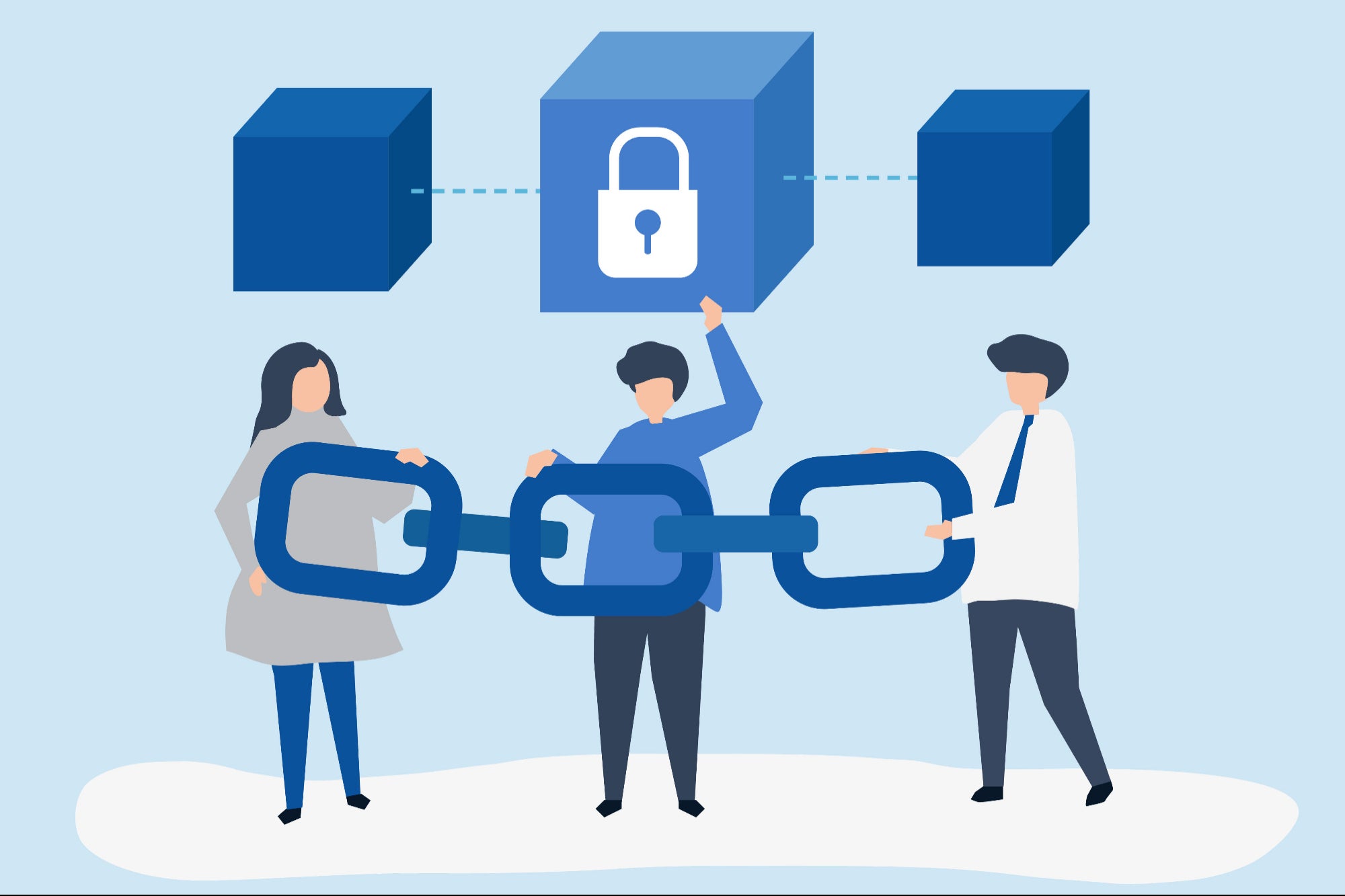Opinions expressed by Entrepreneur contributors are their own.
You’re reading Entrepreneur India, an international franchise of Entrepreneur Media.
Blockchain is a distributed database that is shared among the nodes of a computer network. The data is stored in a digital format electronically on the blockchain. Blockchain has been constantly linked to cryptocurrencies. Despite the links, blockchain has expanded its use-cases.

Freepik
Started in 2008 to facilitate Bitcoin transactions, blockchain has witnessed immense growth ever since. Blockchain was created to transact value. It has seeped into different sectors and has provided different use cases. The technology is said to be one of the building components of the Web3 technology that is highly anticipated by the current Web2 users.
Blockchain has become huge due to different reasons, one of them being transparency. The technology has been actively used in the storage of personal information, tracking provenance of a particular goods or object, etc.
“Open finance is a major sector where blockchain has started making waves. There are many products out there that provide much more transparency. They provide similar functionalities with lending or borrowing or whether that is remittance or exchange of value. The traditional finance system could be made a lot more transparent, made more secure due to the multiple use cases out there. There are a few barriers since the technology is at a nascent stage but open finance a few years later would become an underlayer of multiple use cases,” said Karan Ambawani, India Lead, dYdX foundation.
Blockchain is being actively used in the automobile sector and banking sectors.
“We are working with MG Motors and we have made a car passport using a physical asset like the car itself. The car passport is a store for car’s telematic data and an individual can decide to share the car passport with the insurance companies who would then customize the insurance policy according to the driving behaviours of people. The car passport is a blockchain native since the data needs to be trustable for the insurance companies since there is a financial risk involved,” said Praphul Chandra, founder, KoineArth.
Web3.0 fanatics want to be anonymous that blockchain ensures as most of the operational blockchains do not store personally identifiable information. The governments on the other hand have a different take on the same due to the concerns regarding the flow of money across international borders and the flow of digital assets across international borders in the near future. The government intends to regulate, watch and control transactions on the blockchain which it will in the long run. The internet technology scale faster than most technologies which has caused the technology to preceded regulations.
“We are conflating privacy with anonymity. We can be identifiable and hence, non-anonymous at the same time not violate our privacy. The idea such as zero knowledge proofs, hashes of documents can actually be used immediately to create identities which are fully private. None of our data is actually on-chain yet should a government or a regulator require the traceability of that asset’s owner, it is available with either a certain KYC provider or in the more utopian version, a community as a decentralized identity,” said Swapnil Pawar, founder, Newrl.
The blockchain even though transparent, has kept identities anonymous. The world is moving at a really rapid pace with the Financial Attacking Task Force combating money laundering and financing terrorism at different levels. However, the persistence of anonymity conflated with privacy should be done away with so as to avoid the leakages in the financial world resulting in a catastrophic event that would inadvertently change the future.
Blockchain despite being a newer technology has shown immense potential in various sectors. Despite the issues that come up with crypto tokens, the blockchain technology has continuously found different suitors in different sectors without crypto layering. The blockchain is a transparent tool that might change the way financial institutions operate making them more secure than they currently are.
Read More: news.google.com









 Bitcoin
Bitcoin  Ethereum
Ethereum  Tether
Tether  XRP
XRP  Solana
Solana  USDC
USDC  Dogecoin
Dogecoin  Cardano
Cardano  TRON
TRON  Lido Staked Ether
Lido Staked Ether  Wrapped Bitcoin
Wrapped Bitcoin  Sui
Sui  Chainlink
Chainlink  Avalanche
Avalanche  Stellar
Stellar  LEO Token
LEO Token  USDS
USDS  Toncoin
Toncoin  Shiba Inu
Shiba Inu  Hedera
Hedera  Wrapped stETH
Wrapped stETH  Bitcoin Cash
Bitcoin Cash  Hyperliquid
Hyperliquid  Litecoin
Litecoin  Polkadot
Polkadot  WETH
WETH  Binance Bridged USDT (BNB Smart Chain)
Binance Bridged USDT (BNB Smart Chain)  Bitget Token
Bitget Token  Monero
Monero  Ethena USDe
Ethena USDe  WhiteBIT Coin
WhiteBIT Coin  Pi Network
Pi Network  Wrapped eETH
Wrapped eETH  Coinbase Wrapped BTC
Coinbase Wrapped BTC  Pepe
Pepe  Aptos
Aptos  Dai
Dai  Bittensor
Bittensor  Uniswap
Uniswap  sUSDS
sUSDS  OKB
OKB  NEAR Protocol
NEAR Protocol  BlackRock USD Institutional Digital Liquidity Fund
BlackRock USD Institutional Digital Liquidity Fund  Ondo
Ondo  Gate
Gate  Aave
Aave  Internet Computer
Internet Computer  Ethereum Classic
Ethereum Classic